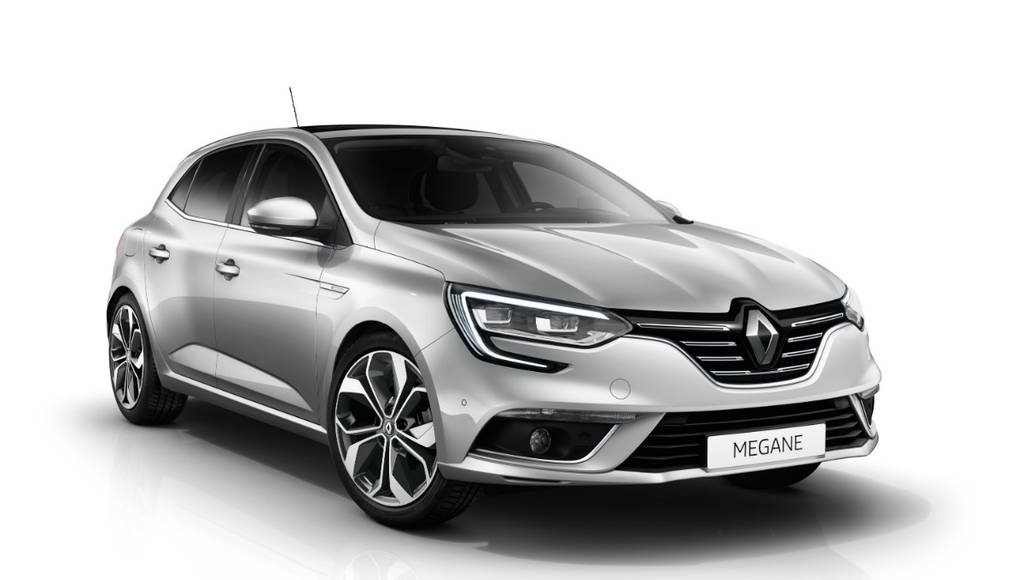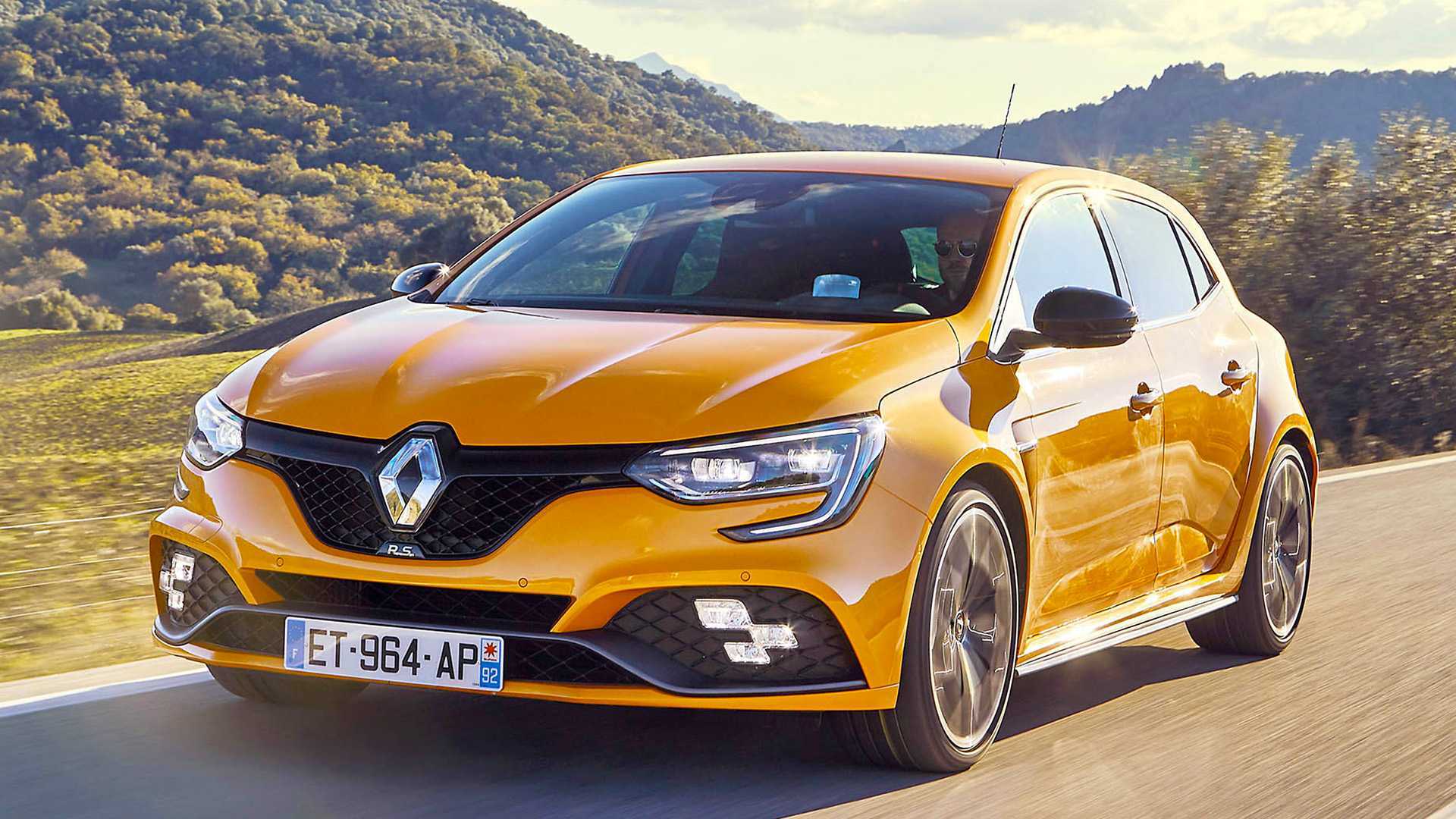

The Mégane Renault Sport has a speed-limiter, which prevents the car from passing a user-determined speed. In a 2004 road test by Mexican car magazine Automóvil Panamericano, the engine developed a peak output of 247 hp (184 kW 250 PS). Renault's claimed combined economy is 8.8 L/100 km (32 mpg ‑imp 27 mpg ‑US). A twin-scroll turbocharger minimizes turbo lag, especially when throttle is applied at over 2,000 rpm. Ninety percent of the engine's torque is available from 2,000 rpm until redline.

The RS uses a turbocharged 2.0-litre petrol engine that produces 225 PS (165 kW 222 bhp), allowing the car to achieve 0–100 km/h in 6.5 seconds (0–60 mph in 6.5 seconds), with a top speed of about 240 km/h (149 mph). The Mégane Renault Sport 225 uses double-axis strut suspension with independent steering axis at the front and an electric power steering. The Mégane II RS was available in three-door and five-door hatchback versions, both with the same engine and was built at Renault's Dieppe factory by using body shells made in Palencia, Spain. Since Renault has not revealed much about these systems, the ‘element of surprise’ makes it even more exciting for Renault lovers.The first generation Mégane RS was introduced in September 2004 and is based on the Renault Mégane II small family car. The Megane E-Tech is loaded with advanced features that give it an edge over many of its rivals in the market. The car will compete with the likes of the German giant Volkswagen’s ID3 and French automaker Citroen’s e-C4. Though everything about it looks marvelous, the 2022 Renault Megane E-Tech is merely the company’s first step towards creating a much greener future. The car is also enabled with fast charging, and while it is connected to a 130kW DC point, it can charge for a distance of 124 miles in just 30 minutes. The 60kW battery pack can be charged with a 7kW onboard charger compatible with standard wall points, as well as powerful AC three-phase charging points. Renault also guarantees that a longer-range version of the automobile shall be released in the future. The 60kWh battery is housed beneath the car's floor and has a range of 280 miles, according to the official WLTP test cycle.

#Megane renault driver
The 221 lb-ft of torque produced by the motor shall allow the driver to sprint the car from 0 to 62 mph in less than eight seconds. The Renault Megane E-Tech will be packed with a 60kWh battery pack and a 215 horsepower (160kW) electric motor at the front axle, enabling it to have a range of up to 280 miles. The new corporate Renault logo will feature in the middle of the grille line, and it will also appear, in a similar fashion, on the rear at the central point of the LED tail light bar. At the front, the slim linear grille shall meet the sleek headlights at both ends, followed by Renaults' iconic C-shaped daytime running lights extending up to the bumper. For example, the lower suspension in the prototype version may be swapped for a raised setup, and the giant alloy wheels of the prototype may see some size reduction and have a more conventional shape. The regular production Megane E-Tech may have some design tweaks to make it more efficient. The car’s exterior design could see some changes. The car's wheels are pushed out to the corners to maximize internal capacity, giving it a similar feel to family hatchbacks. It will have a wheelbase equivalent to that of the Captur crossover but with a lower roofline. Given the design similarities, the final Megane E-Tech Electric should measure 166 inches in length, 71 inches in width, and 59 inches in height, which is extremely close to the concept's proportions. The Renault Megane E-Tech Electric is built on the CMF-EV platform shared by the Renault-Nissan Group and the Nissan Ariya SUV.


 0 kommentar(er)
0 kommentar(er)
